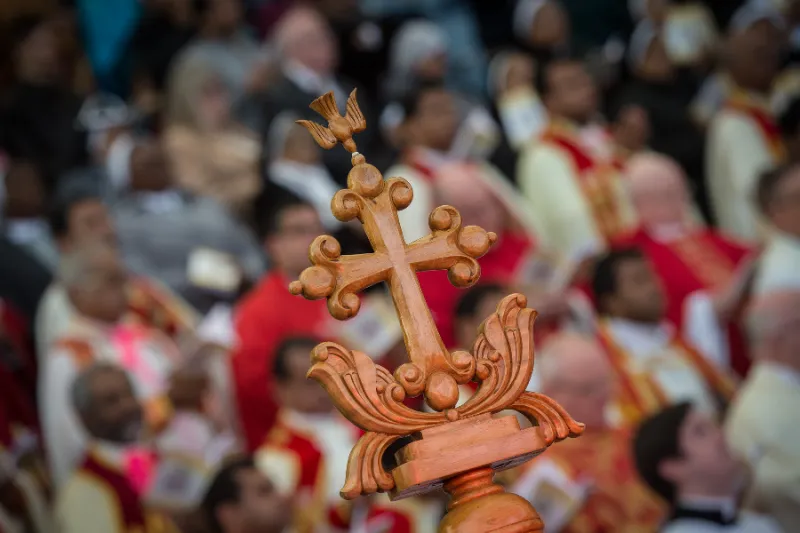
London, England, Dec 8, 2021 / 03:10 am (CNA).
The leaders of the Syro-Malabar Catholic Church want to introduce a uniform liturgy — but the process is not going smoothly.
It’s difficult for Catholics who are unfamiliar with the Syro-Malabar Church to understand what’s happening and why it’s proving to be so controversial.
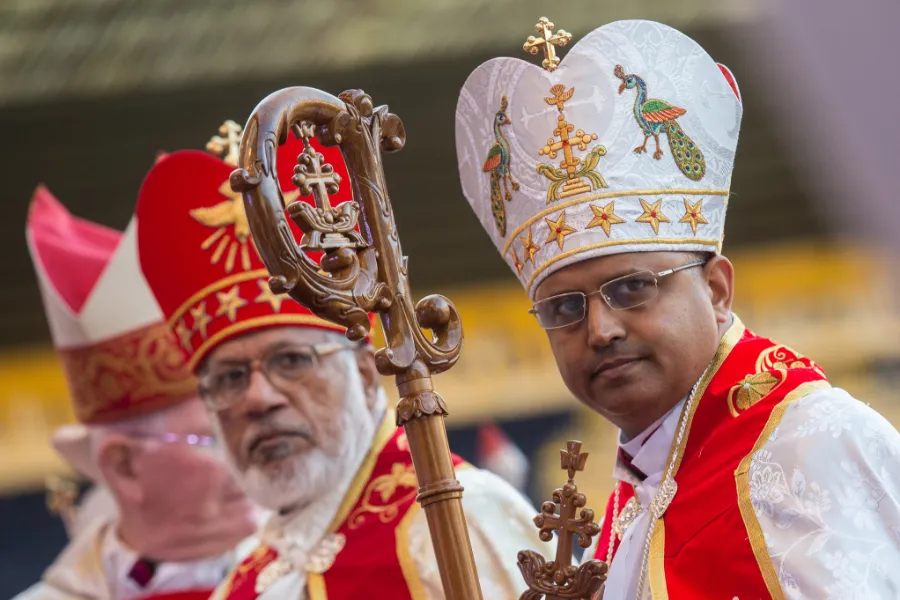
So CNA turned to Mar Joseph Srampickal, the first bishop of the Syro-Malabar Eparchy of Great Britain, to help explain what’s at stake.
What is the Syro-Malabar Church?
The Syro-Malabar Church is one of the 23 autonomous Eastern Catholic Churches in full communion with Rome. Based in the Indian state of Kerala, the Church has more than four million members worldwide. That makes it the second-biggest Eastern Catholic Church after the Ukrainian Greek Catholic Church.
It is the largest of the churches that trace their origin to St. Thomas the Apostle, who is believed to have traveled as far as southern India during his missionary journeys after his life-changing encounter with the risen Jesus. The members of these churches are known collectively as the “St. Thomas Christians.”
The Syro-Malabar Church’s name is a combination of the words “Syriac,” referring to its East Syriac Rite liturgy, and “Malabar,” an older name for Kerala. The vernacular language of its liturgies is Malayalam.
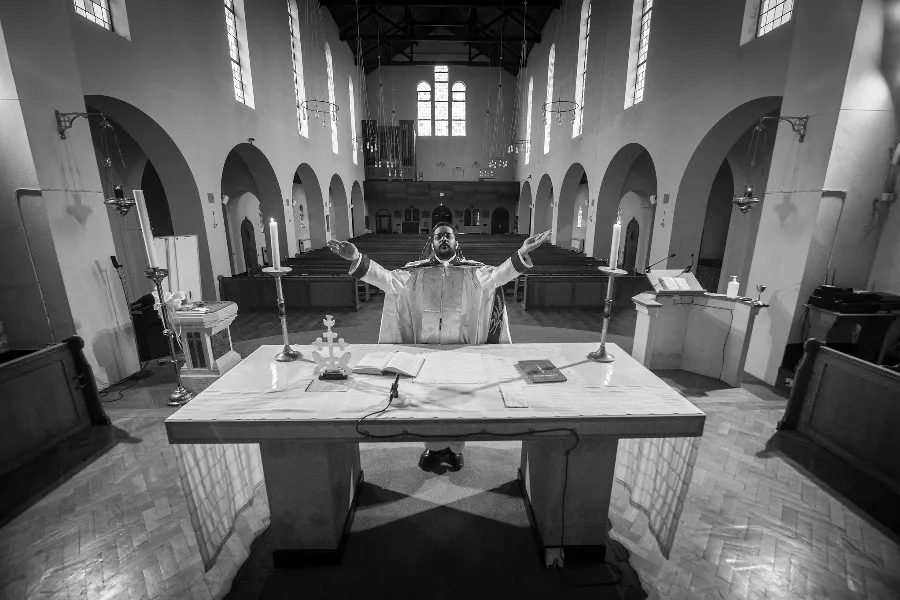
Why are there differences between Syro-Malabar liturgies?
Srampickal told CNA via email that the drive for a uniform liturgy stems from the Church’s unique history. The Syro-Malabar Church emerged from the world of Syriac Christianity, an important but lesser-known branch of Eastern Christianity whose ancient liturgies are in the Syriac language, a dialect of Aramaic, the language spoken by Jesus.
What happened next is complex, but to greatly simplify the Church’s history, its members affirmed their communion with the pope after contacts with the Latin Church and experienced a strong Latinization of their devotional life from the 1500s onward.
In more recent times, Rome gradually granted Syro-Malabar Catholics a more clearly defined status as a distinct group within the worldwide Catholic Church.
“From time immemorial, the Church of St. Thomas Christians and later, its continuation as the Syro-Malabar Church in the Catholic communion, celebrated the Eucharistic Liturgy ad orientem (facing the East/altar) as the Western Latin Rite also did,” Srampickal explained.
“After Vatican II, the Western Church adopted the celebration of Eucharistic liturgy ad populum (facing the people). During this period, the Syro-Malabar Church functioned only as a few eparchies [dioceses] practicing the East Syriac Rite without sui iuris [autonomous] status or a bishops’ synod. But there was a Syro Malabar bishops’ conference.”
Srampickal noted that some of the eparchies began to celebrate the liturgy facing the people, following the example of the Latin Church. He said that this change took place “without any proper discussions or deliberations with other eparchies,” while the majority of liturgies continued to be celebrated facing East.
“I would say that this is the background of the liturgical divide,” commented the bishop, who has overseen the pastoral care of Syro-Malabar Catholics in England, Scotland, and Wales since 2016.
The Eucharistic liturgy of the Syro-Malabar Church is known as the Holy Qurbana. When Pope John Paul II visited India in 1986, he inaugurated the restored Holy Qurbana of the Syro-Malabar Church.
Srampickal said that this act returned the liturgy to its original form, but it continued to be celebrated both ad populum and ad orientem despite Rome’s desire for uniformity.
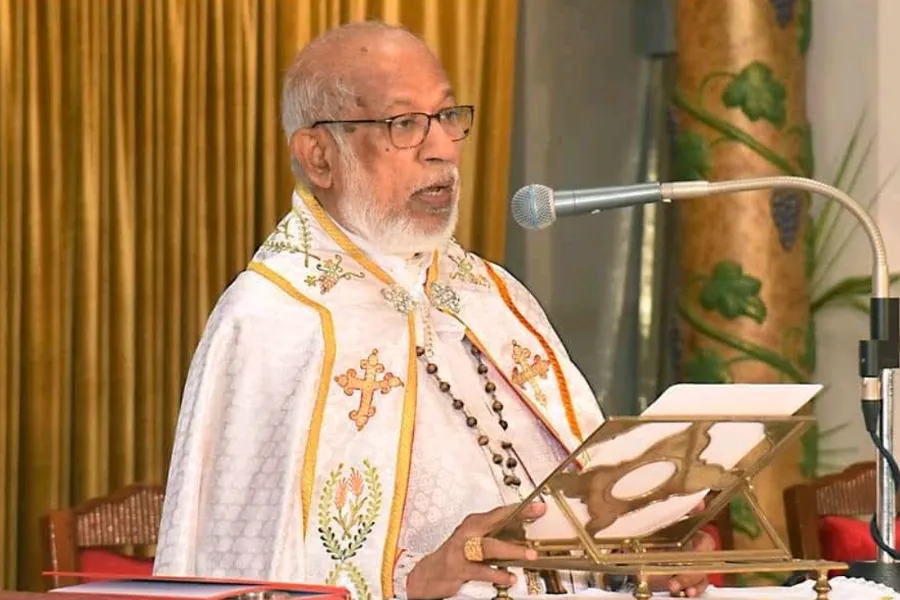
Why did efforts at compromise fail?
In 1992, John Paul II elevated the Syro-Malabar Church to a major archiepiscopal Church. This meant that it was now governed by a major archbishop, assisted by a synod of bishops. This decision underlined the Church’s status as a sui iuris, or self-governing, body.
The Syro-Malabar Church is today one of four major archiepiscopal churches recognized by Rome, alongside the Ukrainian Greek Catholic Church, the Syro-Malankara Catholic Church (which follows the West Syriac Rite), and the Romanian Greek Catholic Church. Cardinal George Alencherry is the current Major Archbishop of the Syro-Malabar Church.
Srampickal said that the Church’s synod of bishops held extensive talks about the uniform mode of celebrating the Eucharistic liturgy.
“After long discussions and deliberations, in the year 1999, a unanimous formula was agreed upon: the Liturgy of the Word facing the people and the Liturgy of the Eucharist (Anaphora) facing the altar,” he said.
“This compromise formula was a mix of two customs existing until then. However, unfortunately, this compromise formula failed due to some sectarian divides. In short, this compromise formula could not be implemented in all the eparchies.”
“To worsen the situation, the bishops and clergy who did not follow the 1999 decision did not seem to make any further efforts to educate and form the faithful and clergy to accept the compromise formula gradually.”
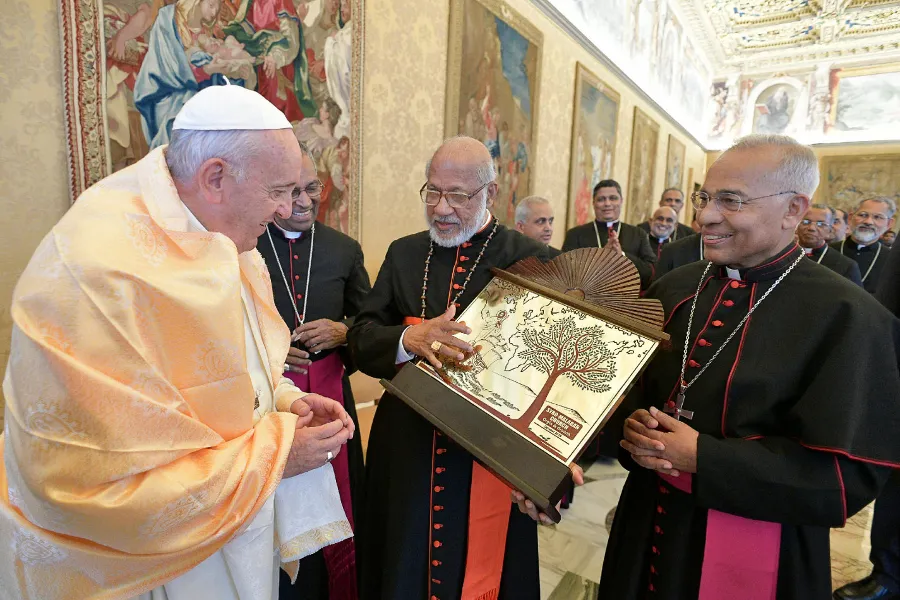
How did Pope Francis become involved?
Today, the Church extends well beyond India, with eparchies in the U.S., Canada, the U.K., and Australia and New Zealand serving diaspora communities.
Srampickal explained that the “dissimilarities in the Eucharistic celebrations became a pastoral care issue” among Syro-Malabar Catholics outside India. This heightened the sense among bishops that they needed to renew their efforts for a uniform mode of celebration.
The bishops turned to Pope Francis, who intervened with a letter in July to all members of Syro-Malabar Church. The pope exhorted “all the clergy, religious and lay faithful to proceed to a prompt implementation of the uniform mode of celebrating the Holy Qurbana, for the greater good and unity of your Church.”
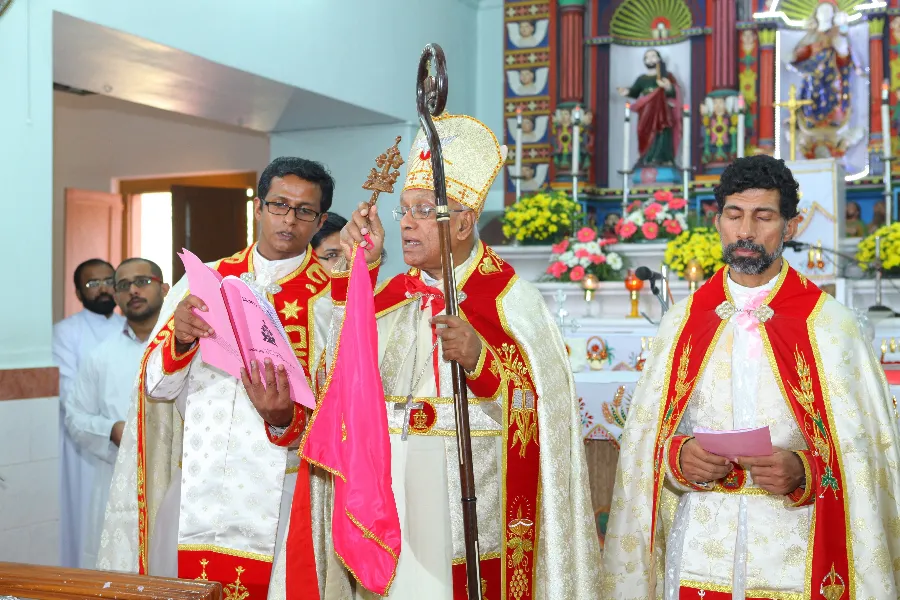
What happened next?
In August, the Holy Synod of the Syro-Malabar Church approved the introduction of the uniform liturgy, agreed upon in 1999, in all eparchies. It hoped to implement the change on the first Sunday of Advent, Nov. 28, completing the transition by Easter Sunday, which falls on April 17, 2022.
But when the November deadline passed, three eparchies decided not to make the change due to strong opposition from priests. The Archeparchy of Ernakulam-Angamaly announced that it had obtained permission from the Vatican Congregation for the Eastern Churches to temporarily maintain the status quo.
But the Media Commission of the Syro-Malabar Church, based at St. Thomas Mount in Kerala, suggested that the dispensations from the synod’s decision granted by some eparchies were contrary to the guidance given by the Vatican congregation.
The latest twist underlines that the decades-long dispute is not over yet.
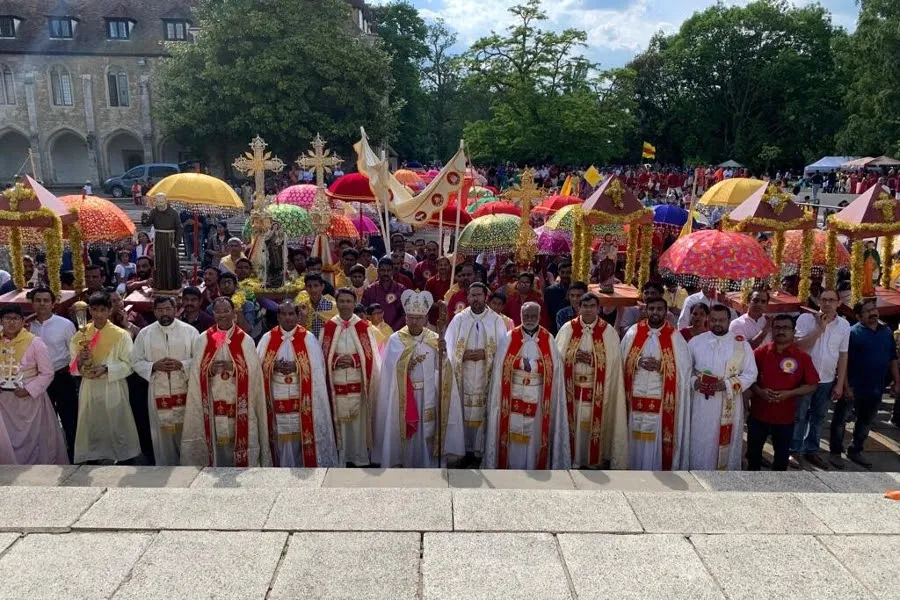
Will Syro-Malabar Catholics outside India adopt the uniform liturgy?
Srampickal said that synod’s decision applied to the Syro-Malabar Church across the world.
Referring to his own jurisdiction, he said that the Bishops’ Conference of England and Wales had already addressed the question in 2014, urging Syro-Malabar missions to follow the decisions of the Holy Synod of 1999.
“So at present, in the Catholic Syro-Malabar Eparchy of Great Britain, we follow the synodal formula of the uniform mode of celebration of the Holy Qurbana,” he noted.
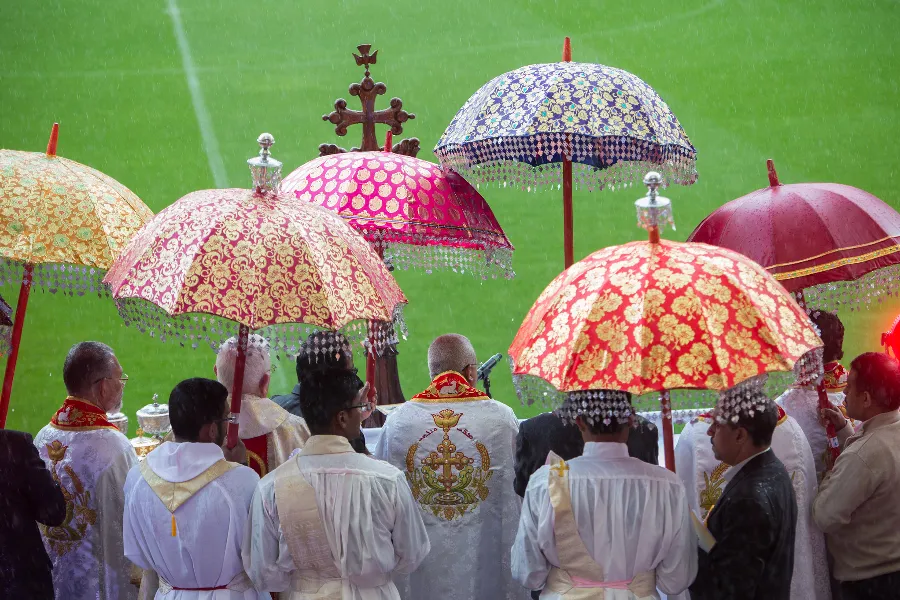
Is the dispute only about which direction the priest should face?
Media reports say that the difference between the uniform liturgy and the other existing liturgies is about when the priest faces the congregation and when he turns away.
Srampickal said that this “may be true from an external point of view,” but there are other underlying factors. He identified what he called “sectarian, regional issues.”
But perhaps at the deepest level, the dispute is about the Church’s historical identity.
“A tiny minority in the Church wants the whole Eucharistic liturgy celebrated as ad populum, whereas the remaining majority agrees with the compromise formula of 1999,” Srampickal said.
“The whole issue, at present, is about a small group of clergy who, unfortunately, do not understand the real identity and the glory of the traditions of St. Thomas Christians; they, to a large extent, do not recognize that theirs is a sui iuris Church.”
He added: “Unfortunately, there exists certain regional groupism and ego-centered sectarianism in the Syro-Malabar Church.”
“Some argue that it took place because of the deficiency in the formation of the clergy. Whereas according to some others, a few bishops and clergy had not been much trained in Oriental tradition, and thus they fail to appreciate the glorious traditions of their own Mother Church.”
Srampickal cited the Belgian Jesuit missionary Édouard Hambye, who in his essay “The Eastern Churches in India and the Syriac Tradition” lamented the “negative effects of 400 years of systematic Latinization.”
“More than any other Eastern Churches in communion with Rome, the Syro-Malabar Church had almost entirely lost its basic character as an Oriental reality,” Hambye wrote.
“That loss affected not only the Liturgy, but also the spirituality, theology, and law. Its own people hardly knew that they were ‘oriental.’ After having been told during so many centuries that everything oriental was wrong, backward, unworthy of Catholics, one wonders how some clergy and laity could still hope for a restoration…”
Srampickal said that the Jesuit’s observations “may be true.”
Hambye went on to say that the long eclipse of the Church’s oriential identity explains why attempts at restoration advance “so slowly, so hesitantly, with much inner tensions, discussions, personal oppositions.”
“For the ordinary faithful, there is no issue at all,” Srampickal reflected. “Most ordinary faithful are proud of their oriental liturgical heritage. But some clergy feel that they are Roman Catholic, I mean the Latin Catholics. Thus, they resist all the aspects of an Oriental sui iuris Church.”
If you value the news and views Catholic World Report provides, please consider donating to support our efforts. Your contribution will help us continue to make CWR available to all readers worldwide for free, without a subscription. Thank you for your generosity!
Click here for more information on donating to CWR. Click here to sign up for our newsletter.




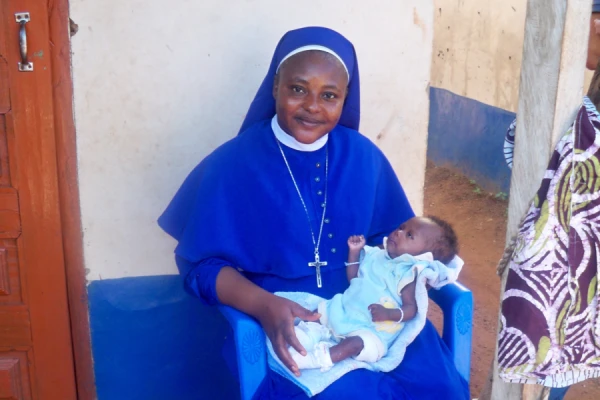
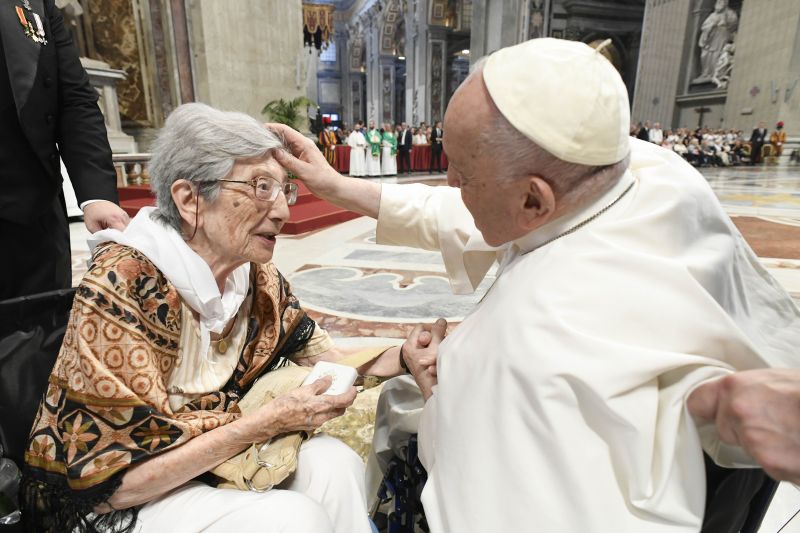
Leave a Reply